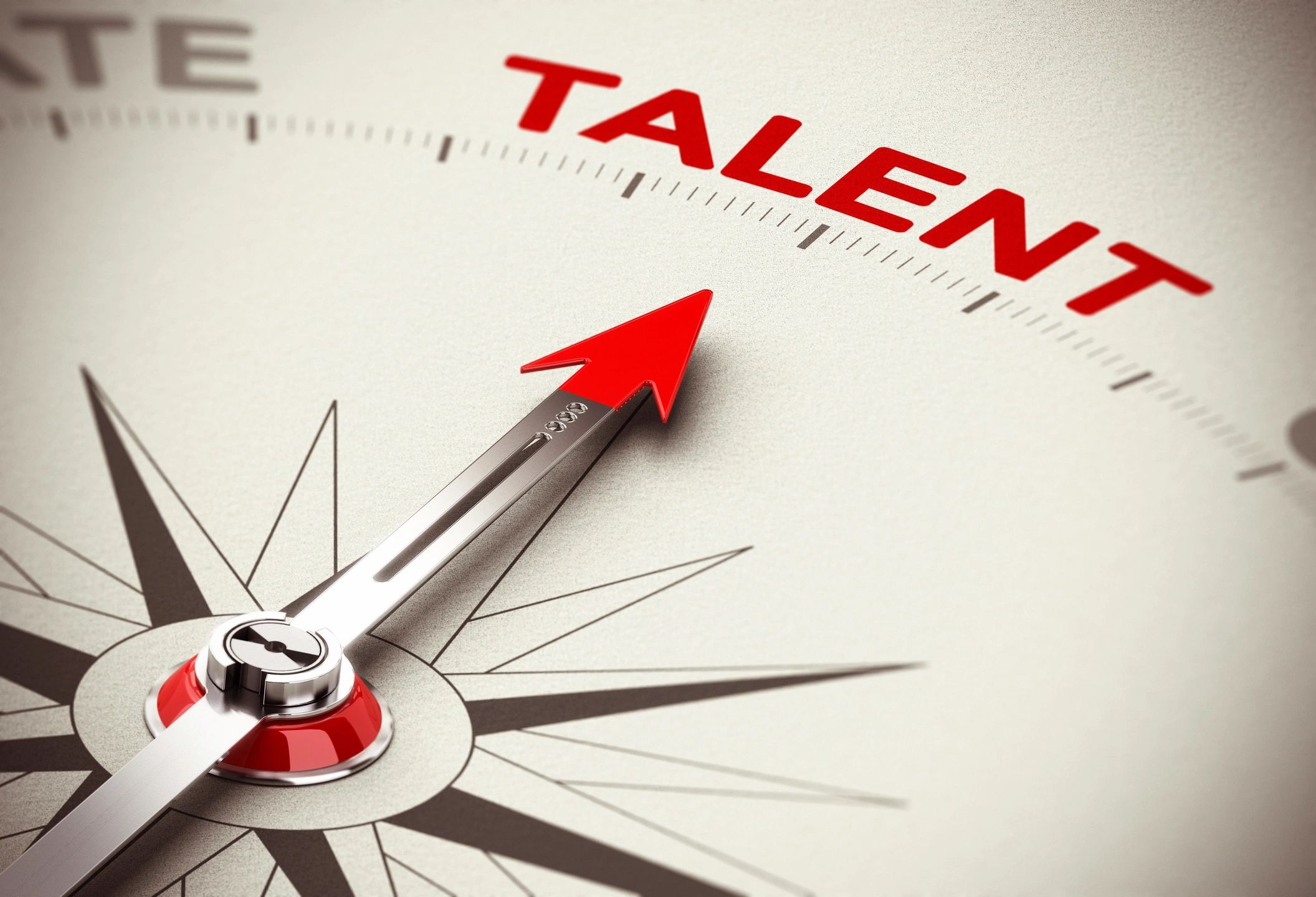They can’t all be 10s – Great matches vs. “A players”
“A players” aren’t born, they’re created.
In recruiting we hear the term “A player” almost daily, but different clients have different ideas of what that person looks like. Not to mention, one client’s A player can be a B player for another company. Instead of asking a hiring manager their definition of an A player, we ask them, “what makes a candidate a good fit?”
Too closely defining your perfect target can actually restrict you. Plus, your perfect 10 is probably already happily employed elsewhere. The idea of a good fit versus an A player or perfect 10 creates a guideline and filter for determining where to proactively invest time and resources for recruiting.
How does defining your A player restrict you?
When you subscribe to a grading system by which you only hire A players, you deny yourself a B player who has potential through guidance to become A+. Non-negotiable requirements and a hefty list of absolute must-haves eliminates plenty of candidates who are missing just one or two specific qualifications but who are more than capable of adapting quickly. When you take on a B player and tailor them to what A player status means specifically for your business, the now unique A player you helped develop is at less of a risk of being poached by your competition who continues to recruit solely for very specific yet elusive perfect 10s.
As our senior recruiter put it, “With so many different technologies and work processes that different companies use, it’s highly unlikely that someone will have experience in every single area that the client is looking for.”
 For example, if a client requires specific industry experience, like Financial Services, and a candidate doesn’t have that but he has worked in a highly regulated environment, like Pharma or Medical, he can almost certainly make a successful transition to Finance. Similarly, if a candidate has a strong background in a required industry but doesn’t have all the technologies or specific experience the client requires, they can still be an incredible addition.
For example, if a client requires specific industry experience, like Financial Services, and a candidate doesn’t have that but he has worked in a highly regulated environment, like Pharma or Medical, he can almost certainly make a successful transition to Finance. Similarly, if a candidate has a strong background in a required industry but doesn’t have all the technologies or specific experience the client requires, they can still be an incredible addition.
Let’s say you’re a client looking for a Digital Marketer with expert-level experience in the Oracle Content Management System (CMS). An applicant comes down the pipeline who’s held related roles and satisfies most of your required skills, however her experience is with Evoq CMS. Both systems have similar functionalities, so filtering her out based on this technicality could mean losing out on a great employee.
Despite what the job market usually asks of applicants—“Tailor your cover letter to the company you’re applying for,” and “Align your values with the business’s,”—sometimes a company should adjust itself or a role to a promising candidate.
Candidates have “must haves” too
 Talent these days are in the position to pick where they want to work, and they do it based on factors like benefits and perks, commute, salary, work/life balance and remote flexibility. So, not only should you be open to adjusting to your applicants in terms of required experience, you should also consider adapting to their preferences. Take, for example, the most basic advantage of employment: salary.
Talent these days are in the position to pick where they want to work, and they do it based on factors like benefits and perks, commute, salary, work/life balance and remote flexibility. So, not only should you be open to adjusting to your applicants in terms of required experience, you should also consider adapting to their preferences. Take, for example, the most basic advantage of employment: salary.
Our senior recruiter had a situation where a client felt that a candidate was overqualified for the role they needed to fill. The candidate was also seeking a higher compensation range than the client initially offered. Infinia recognized that the candidate’s prolific background enabled them to bring much more to the table than what the original job description asked for. The hiring manager was convinced of this as well and worked with senior leadership to create a new role specific to the candidate, with an increase in compensation.
Problems with the “good fit” approach
 Even though we ask this question of hiring managers; even though it’s better than an intricately defined A player description, there are still drawbacks to the “good fit” definition. What most people think of when asked about a good fit is someone they relate to, someone they’d get a drink with. You aren’t a bad, non-inclusive bully if you think like this. We are all biologically hardwired to align with people we find in common with ourselves, and to reject those we consider different.
Even though we ask this question of hiring managers; even though it’s better than an intricately defined A player description, there are still drawbacks to the “good fit” definition. What most people think of when asked about a good fit is someone they relate to, someone they’d get a drink with. You aren’t a bad, non-inclusive bully if you think like this. We are all biologically hardwired to align with people we find in common with ourselves, and to reject those we consider different.
Even if your organization has a diversity initiative, even if you yourself are from an underrepresented community, you have biases. These will affect your hiring decisions. Admitting that is the first step. By recognizing this behavior, you can move from the belief that you’re already hiring the best way possible and begin to truly build diverse teams.
So, as a caveat to the question “what makes a candidate a good fit,” we ask clients to keep in mind that all sorts of personalities (different from their own) can be great at getting the job done. We suggest they hold themselves and their teams accountable by asking “where could our biases impact our assessment and recommendation?”
When you hire for a great match rather than a “perfect fit” you can hire more diversely. This is about more than legality and ethics. A diverse team is smarter, more innovative and better at problem solving. When you hire truly the best, not the most similar, and pay them accordingly, the odds are good that your business growth will more than make up for what you spend on compensation and recruiting efforts.

